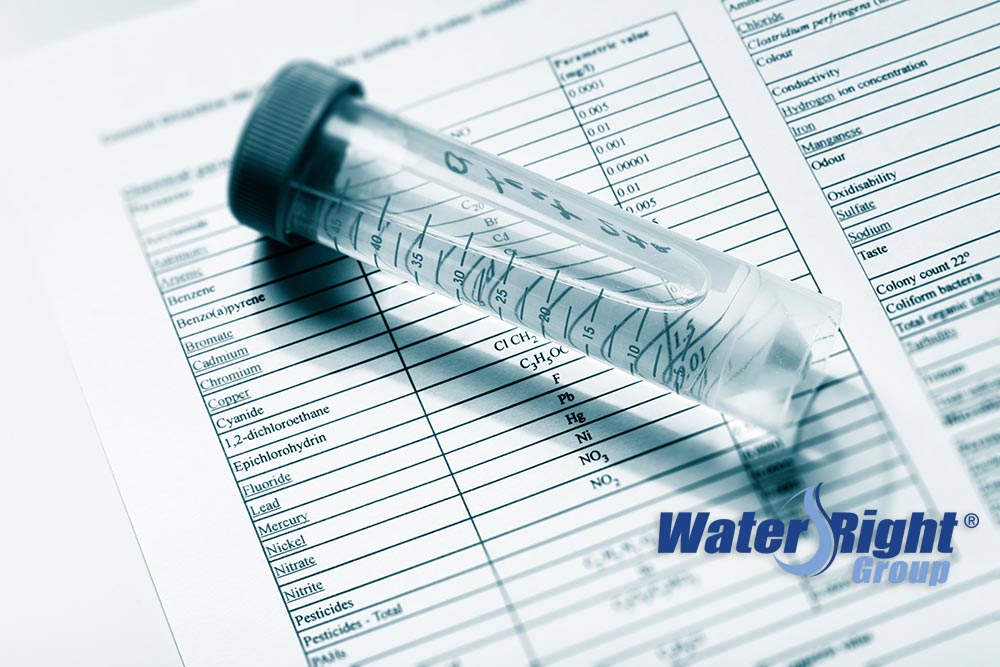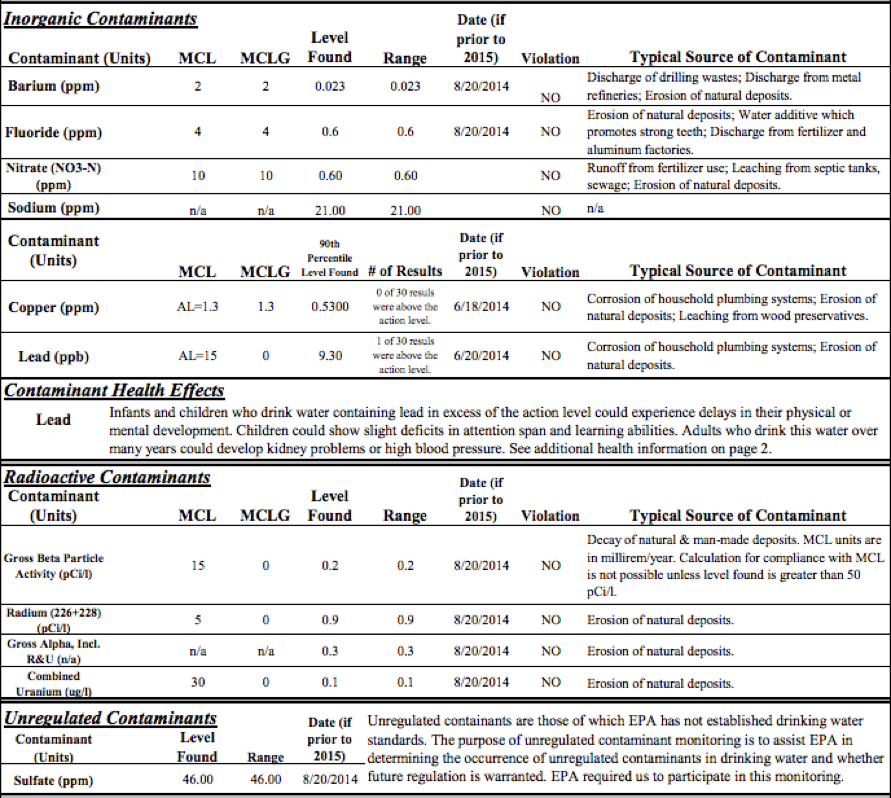
How to Read Your Water Quality Report
If your home’s water supply comes from municipal water, you may be used to seeing an annual drinking water quality report included with your water bill, but what exactly does this information tell you?
The Consumer Confidence Report (CCR), also known as a “water quality report,” is an important source of information that rates the condition of your home’s water. It highlights everything from the source of your drinking water to the levels of any contaminants found over the course of the year, as well as potential health effects that may occur as a result. Simply put, your water quality report is the first line of defense in knowing what’s going on with the water in your home.
The first page of your water quality report explains the standards being upheld by your municipality in providing you with the safest, most dependable water. It also likely includes the source of your water, whether from a lake, river, large well, or reservoir, and an explanation for possible contamination to the source. And, generally, the report will indicate the filtration efforts being made by the municipality, including the latest technology being used and treatment capacity for the area.
Decoding the Contaminants in Your Water
Following the summary of your water’s source and filtration efforts is a detailed chart that breaks down the contaminants that were detected in your city water supply at the time of testing.
You will find various abbreviations and codes in the chart of your water report, which can make it look a little technical. Knowing what the information on your report means is the first step in understanding what’s in your water. Below are some key terms you may come across:
- Contaminant name: The substance being analyzed in the water, such as lead, fluoride, sulfate, etc.
- MCL (maximum contaminant level): The highest level of a contaminant permitted in your drinking water
- MCLG (maximum contaminant level goal): The minimum level of a contaminant allowed in drinking water for which there is no known or expected risk to health. MCLGs provide consumers with a safety boundary for each contaminant detected
- Violation: If any contaminants found in your water exceed your city’s MCL, you will see a “yes” in this column

As mentioned above, the MCL is a health-based guideline established by the Environmental Protection Agency (EPA). Water treatment facilities attempt to set MCLs as close to the maximum contaminant level goals (MCLG) as possible.
Though uncommon, an MCL that rises above the contaminant’s MCLG could produce side effects. For example, the MCLG for cadmium is 0.005 mg/L. If the amount of cadmium in your drinking water were to rise above this level, there’s a chance your kidneys may be affected. Less severe contaminants, such as chlorine, are likely to produce eye and nose irritation and other minor health effects if levels exceed the MCLG set by the EPA. If levels do exceed the MCLGs, your municipality is required to disclose this as a violation in your water report.
For a complete table of regulated drinking water contaminants, click here. You can also learn more about your city’s water by calling the EPA Safe Drinking Water Hotline at (800) 426-4791.
Looking to Get More Out of Your Water?
Municipalities make your water safe to drink, but do not remove the minerals that make your water hard. Not only can these minerals leave unwanted stains and scum on your fixtures, but they make cleaning a challenge. If you’re in search of great tasting water and an easier cleaning experience, home water treatment like an R.O. filter system or water softener may be right for your home.
Water softeners remove minerals like calcium and magnesium that reduce the lifespan of your appliances, like your washing machine and dishwasher. Soft water also enhances your shower experience, giving you a nice sudsy lather that leaves you feeling clean. R.O. systems help to reduce unwanted contaminants to give you that crisp, fresh water taste right from the tap water.
If your water quality report still leaves you feeling uncertain about your home’s water, you may want to have your water professionally tested. Because groundwater can become easily contaminated and polluted, homeowners with a private well should have their home’s water tested on a yearly basis due to constant environmental changes. Contact us to find a water treatment expert in your area.
Your city has gone to great lengths to make your drinking water safe, so why not make your home’s water even better with the help of a home filtration system today?
Learn more about our various products below that help give you fresh, great tasting water every time.
Click the links above to visit the websites of our trusted brands. You can use the ‘Find a Dealer’ tool to locate a professional near you.

